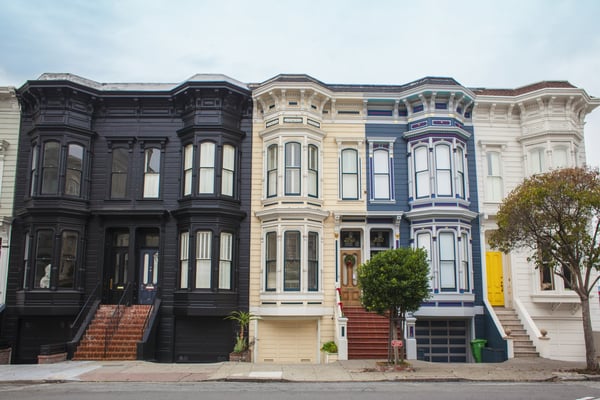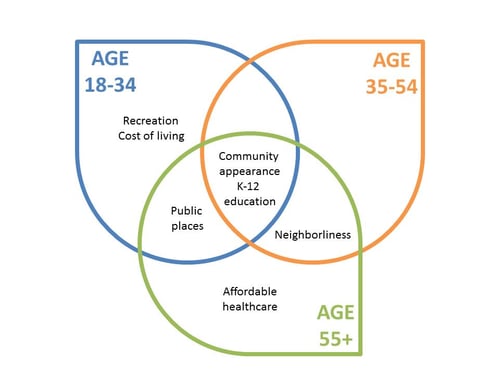Residents of Every Generation Reveal What Makes a Community Worth Recommending
By NRC on January 13, 2018

-By Tom Miller-
You can tell a book by its cover
Often the cover of a book gives away clues to the style of the story, the investment in the work and the willingness of people to lend their reputations to support the book. In the same way, a community’s appearance may reveal its investments, connections, safety, planning and pride.
National Research Center, Inc. has found that the appearance of a community is one of two features that are most closely linked to the willingness of residents in every age group to recommend their community to others.

Beautiful City in Hawaii. Courtesy Angelica Wedell
The second characteristic that predicts the likelihood of a resident at any age recommending the community is its K-12 education.

Grade-school children. CC0
In our research, when ratings of both K-12 education and community appearance were low, so was the likelihood that residents would endorse the community to others. When people thought well of the local aesthetics and public schools, they were more likely to recommend their community as a place to live.
What Else Matters Depends on the Age of Residents
While older and younger residents may agree on community appearance and K-12 education as the touchstones of community quality, opinions differ on some other key drivers of quality. For Millennials (18-34 years old), additional key correlates of community quality were recreation opportunities, affordable cost of living and public places to hang out.
Curiously, public meeting places were important to Baby Boomer and Silent generation adults (55+) too. Older adults also were looking for affordable, quality health care when considering whether to recommend a place to others.
And for Generation X adults (ages 35-50), neighborliness of the community was a key driver of quality.
What Makes a Place Recommendable by Age Group
Data and Image by National Research Center, Inc.
As communities consider how to attract and keep residents who are untethered to jobs – because of retirement or virtual work opportunities – it is essential that local leaders understand the characteristics that matter most to potential citizens.
Recommending their community as a place to live may be the highest praise a resident can give. And factors contributing to that commendation are only in part the same for every age group – community appearance and K-12 education. A more complete picture of the drivers of community success requires a more varied understanding of market segments in the emerging world of competitive residential relocation. These key drivers are supported by other community features such as ease of mobility, safety, economic opportunities, volunteer opportunities and cultural events.
These key drivers represent market knowledge derived from National Research Center’s analysis of tens of thousands of individual responses to a set of standard questions asked in over 100 jurisdictions across the U.S. in the last several years. We examined how resident responses to questions about the quality of community services and community characteristics correlated with resident likelihood of recommending the community as a place to live.
So, strong public education and community appearance will appeal to potential residents at any age. But, if you seek younger adults, also pay attention to recreation, cost of living and community gathering places. Oldest residents will take note of health care, neighborliness and gathering places. And middle aged adults (more often with children) will harken to how welcoming their neighbors are.

Neighborhood. CC0
This is an updated article originally published in 2017.
Related Articles:
Popular posts
Sign-up for Updates
You May Also Like
These Related Stories

Enhancing Community Curb Appeal

How Reimagining Strategic Planning in Port St. Lucie Transformed Resident Satisfaction


